Maximizing Consulting Partnerships – Lessons from 100+ Organizations
Over the past 20 years, I’ve interacted with thousands of nonprofit leaders, influenced hundreds of organizations directly, and consulted with 100+ charities individually.
I’ve been on both sides of the table—hiring consultants and being one. In that time, I’ve seen the difference between a good consulting engagement and a great one that produces results.
A great consultant can make a difference, but a great partnership can transform your organization.
After more than two decades of working with nonprofits, today I’d like to share what I’ve seen the best leaders do to maximize their relationships with expert advisors and consultants.
Maximizing Consulting Partnerships – Lessons from 100+ Organizations Who Got it Right – and a Few Who Didn’t
1. Be Their Best Case Study
I heard this concept on a podcast with founder and entrepreneur Dustin Riechmann, who works with entrepreneurs and consultants. I’m not sure if he came up with the quote or was referencing someone else, but I immediately saw the power of the advice. Who doesn’t want to be a great case study?
Think about it – becoming a case study is mutually beneficial for everyone – it goes well beyond helping your advisor have a great story to tell the industry. It means you are getting results. It fuels the relationship and creates the conditions for higher and better results.
The commitment to being a great case study also influences your approach and posture. It causes you to fight through excuses or half-adopting your consulting partners’ advice. It leads you to endeavor to work to implement insights in the most effective way possible.
💡 Takeaway: Being a spotlight case study requires a level of dedication to working with your consulting partner, believing in their approach and expertise, and effectively executing on the plan. It’s a win-win for everyone involved.
2. Treat Them Like a Trusted Teammate, Not an Outsider
Effective teams require cohesion, even when some team members are not on staff. Alternatively, the more you keep consulting partners at arm’s length, the more distant and disconnected they will be, and the less effective or committed they will be to your success.
A good consultant will always be professional and strive to get you the best possible outcomes. That said, consultants are people too, and investing in strong, trusting relationships yields the best results.
As an advisor, I find that the more camaraderie the team has and the more we’re invited into it, the better the results.
💡 Takeaway: Create the conditions for your advisors to be treated like a trusted teammate rather than an outsider, and you will get more out of them and a more satisfying relationship.
3. Leverage the Fact That They are an Outsider
While you will benefit from treating your consultants as part of the team, you should also take advantage of their outside perspective and leverage the credibility and expertise that comes with being so.
As you have no doubt experienced, if you are in an organization, you can say something until you are blue in the face, but when an outside expert says that very same thing, people sit up and listen.
They say that a prophet is not without honor except in their hometown. You might see something, but sometimes it is more likely to be received and acted upon when an outside expert wields their influence.
💡 Takeaway: Advisors not only bring an objective outside perspective, but the very nature of being an outsider lends credibility. You can fight it, or you can tap into it to influence effective change within your organization.
4. Get in Person
For more than 20 years, I’ve been “remote” to the organizations and leaders I’ve worked with. Most of our conversations started on the phone, and today we primarily meet with the organizations we serve via video streaming. But nothing replaces the depth and potency of being in person.
That’s why every sustainable giving growth engagement we have includes a Sustainer Summit—a day together at a strategic point in the project and the relationship.
We do this time together, in person, for two reasons – the first is practical - we have a lot of content to cover, and being on Zoom or Teams becomes a challenge after a couple of hours. But the second reason is relational – there is nothing like the depth of relationship that can be established by being in physical proximity to the people you are working with, especially when you are discussing critical strategic topics.
A little in-person can go a long way. I have clients we’ve worked with effectively for 18 months, following a significant in-person meeting, with regular Zoom calls.
💡 Takeaway: Getting in person with your consulting partners is more than a luxury – it’s a way to create depth of relationship, trust, and rapport that is difficult to achieve otherwise. That strength of relationship can help you be more effective and weather the inevitable hiccups that come with working with other people.
I learned early in my career that there is wisdom in outside counsel, another perspective, and a discerning sounding board. I’ve been both the recipient of wisdom and perspective and a source of wisdom and perspective to others.
Over the past 3+ years, we’ve worked with 35 organizations and raised an incremental $41 million in recurring, sustainable revenue. I can confidently say that organizations that lean in, take direction seriously, and treat their advisors as partners are seeing 5-10X the results than those who don’t.
I’ll turn the question to you – how can you maximize your consulting relationships today?
Until next week… Surf’s Up! 🌊
- Dave
